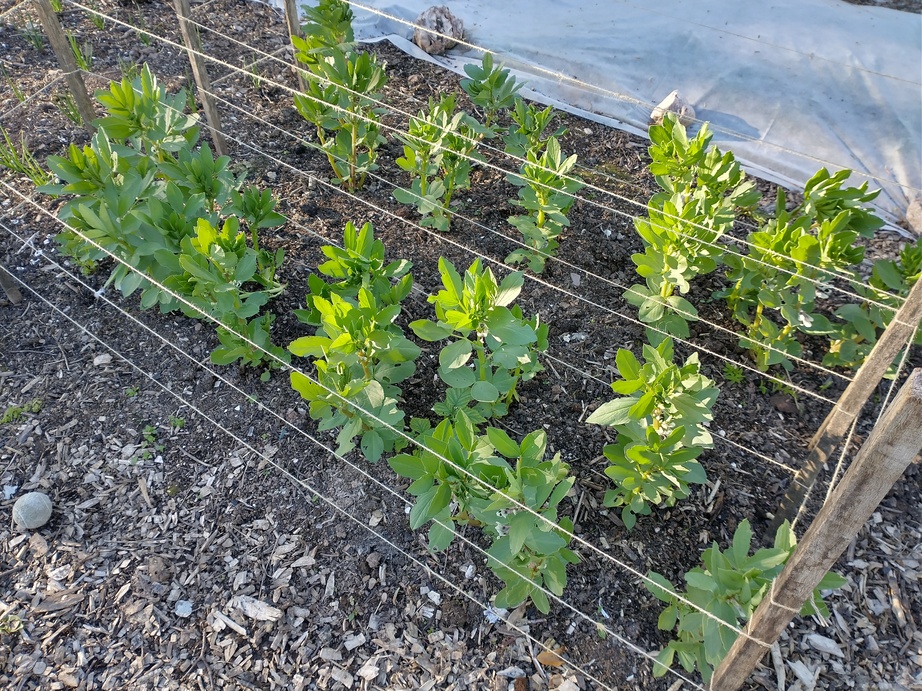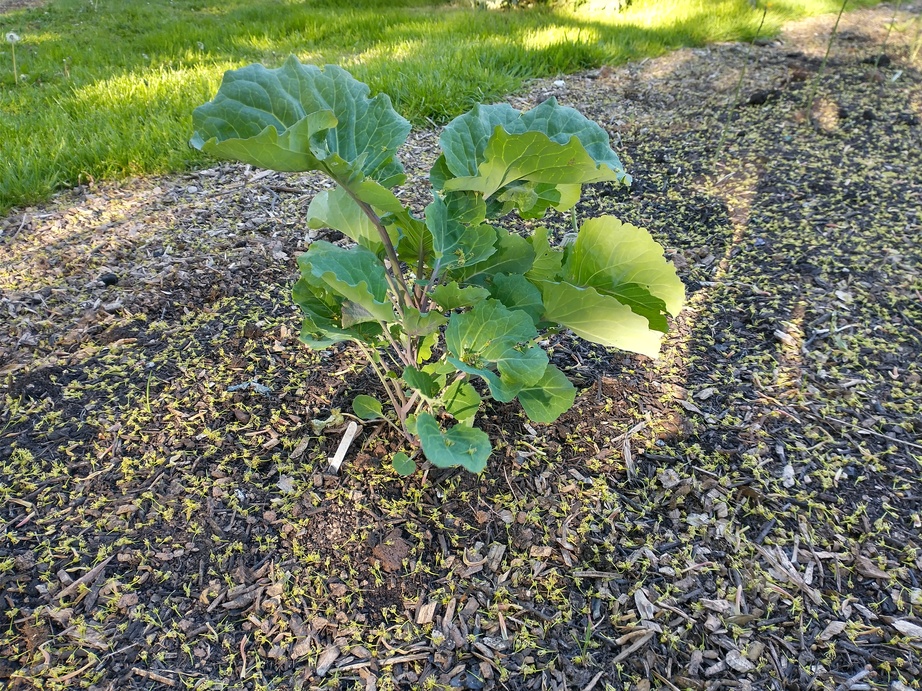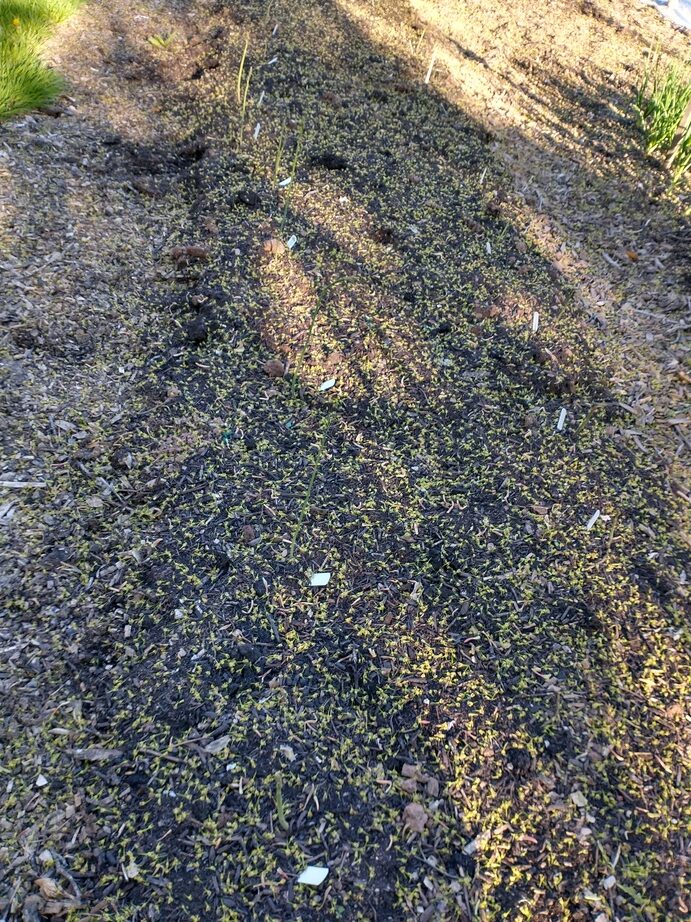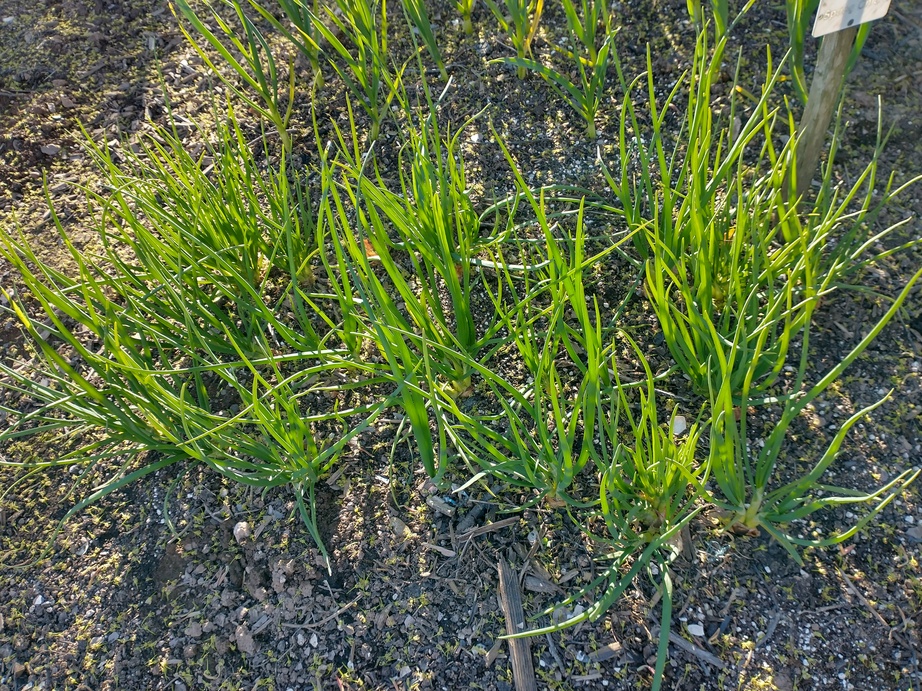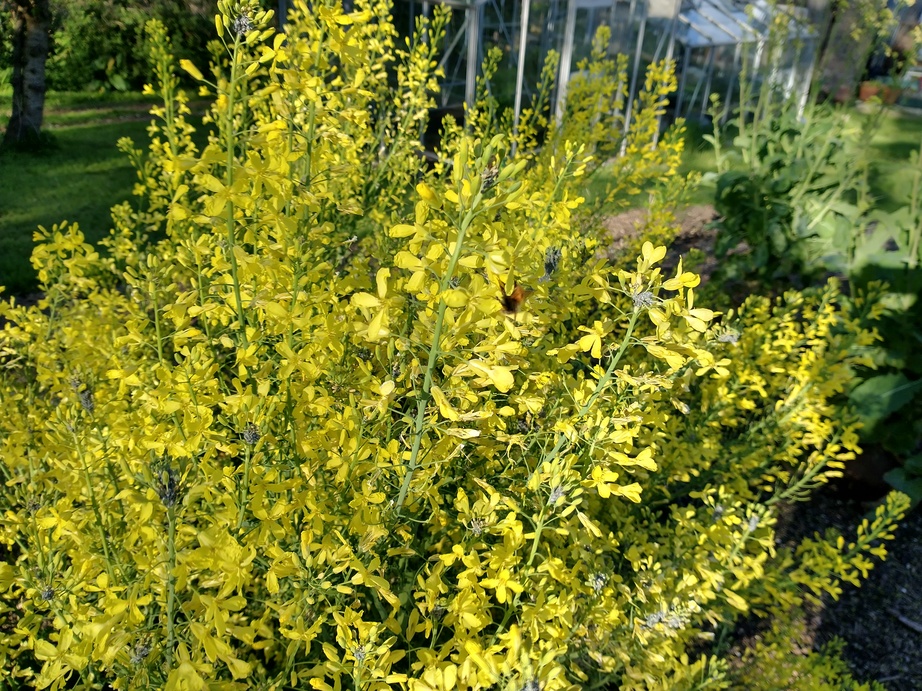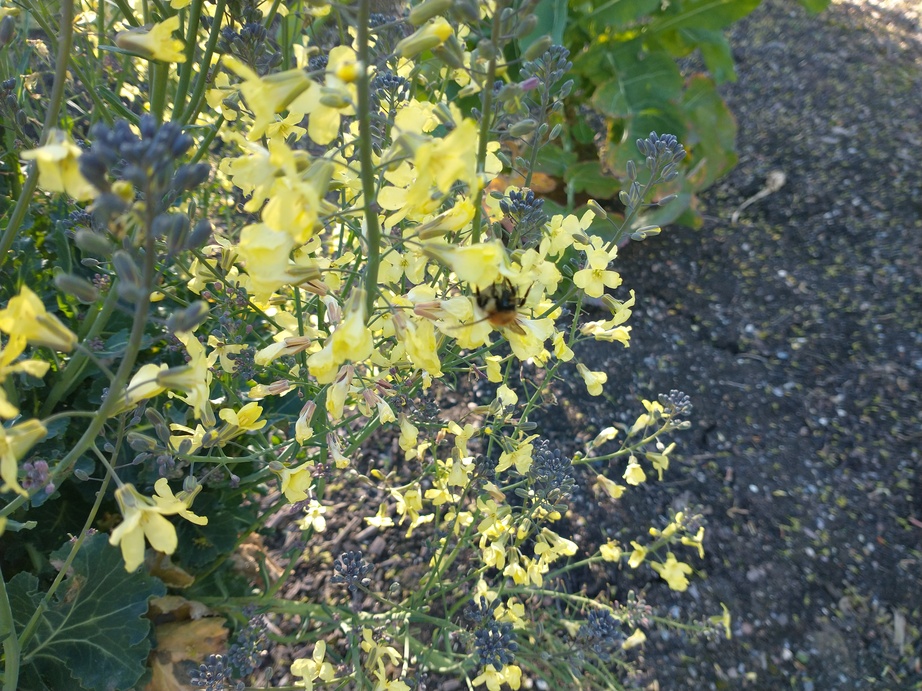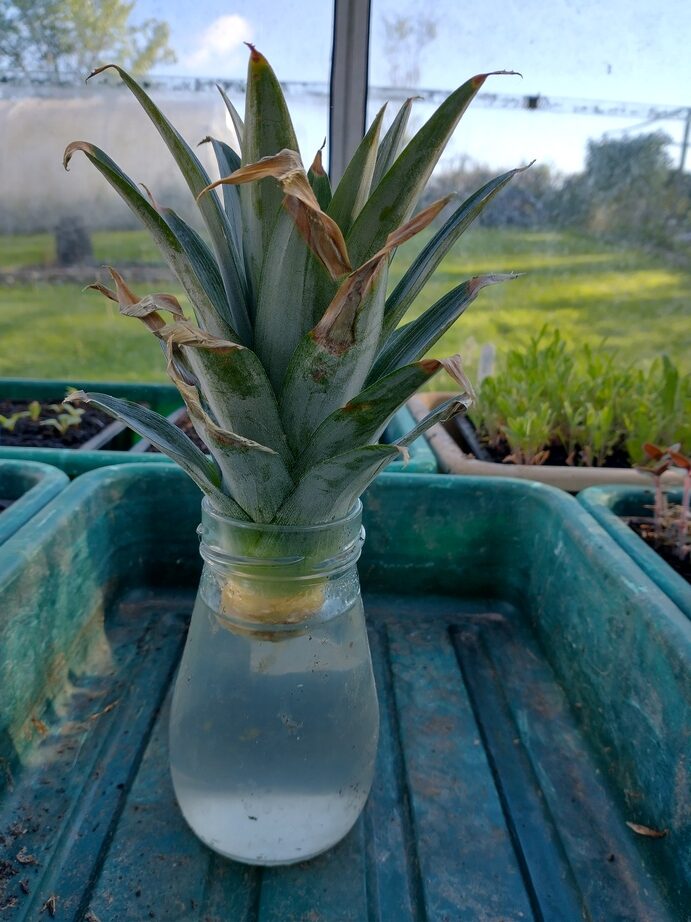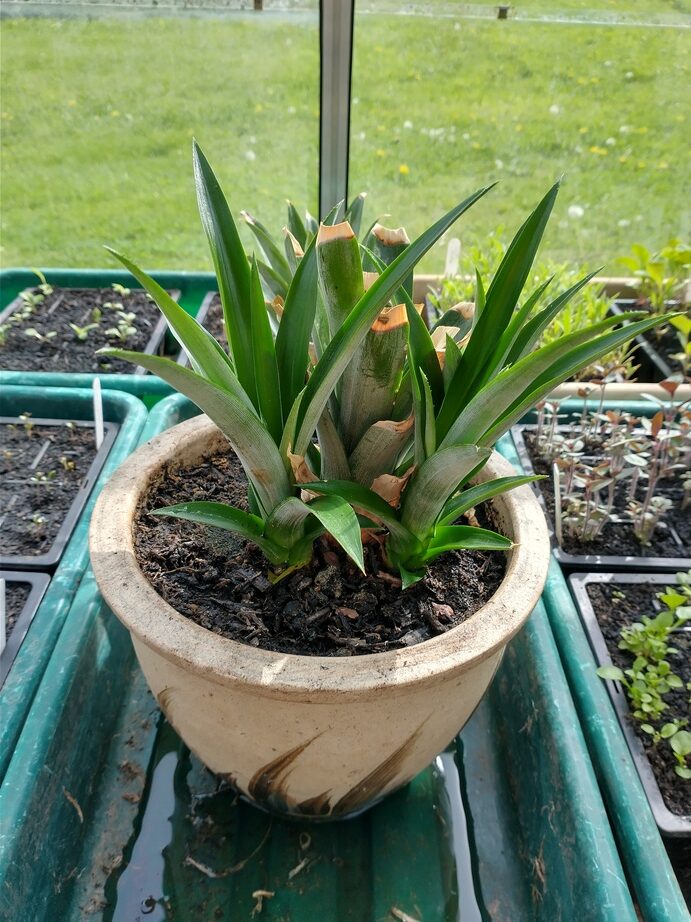Planted out some of my tomatoes in the polytunnel at the weekend. Earlier than I wanted so I'll have to keep an eye out for frost, but they were looking like they wanted a bit more room to spread their roots. I've got all my potatoes in the ground too, and made a first sowing of parsnips. Whilst there's an element of fun in growing enormous parsnips, this year I'm going to leave the plants closer together and sow in succession with the aim of getting slightly smaller and rather more practical roots.
Compost heap #2 has pretty much reached the point of being full now grass and weeds seem to be growing like crazy so I need to get my finger out and extend the compost bays a bit. We have three and I want at least four so there's room to turn each one into its neighbour later in the year. My father-in-law asked what the temperature was in the first bay we filled. I didn't actually have a clue because I've all but ignored it for more than four months, so I went out to measure them both. The one we're currently filling had got up to a shade over 62°C which is possibly a little too hot, though quite handy if you want it for cooking your dinner

The older one, despite having no new material added for over four months and having already broken down to less than half its original volume was still just over 23°C on a day when air temperatures didn't get over 10°C! Clearly we can solve all of this troublesome dependence on oil and gas for heating by building lots more compost heaps

James



















































